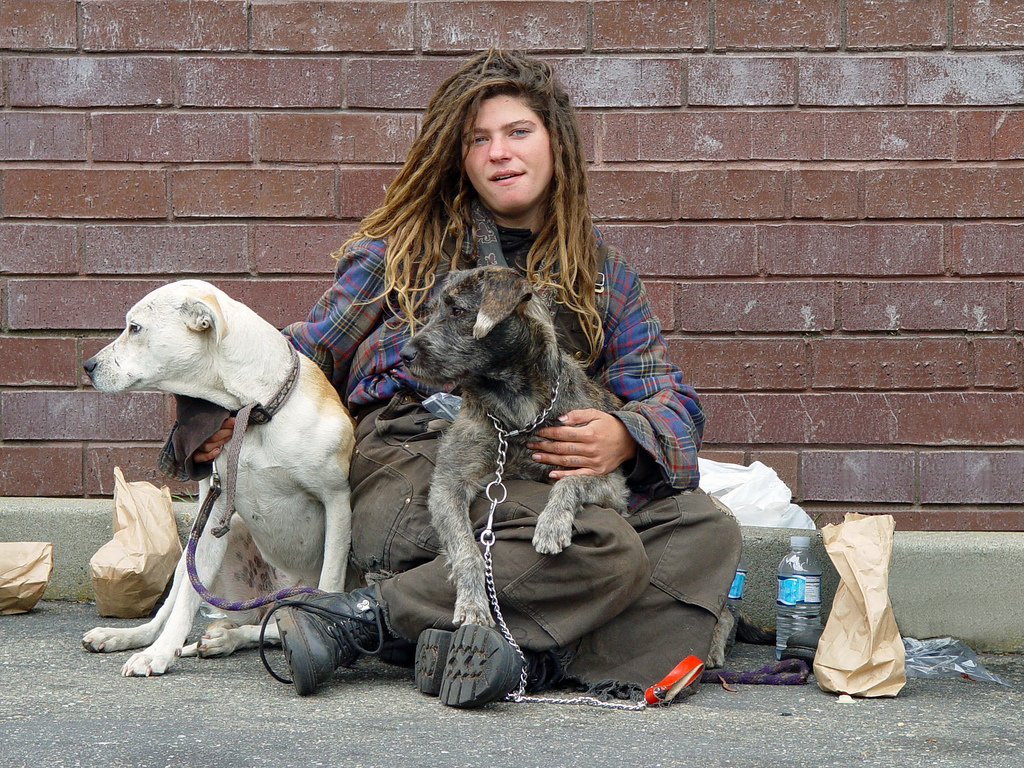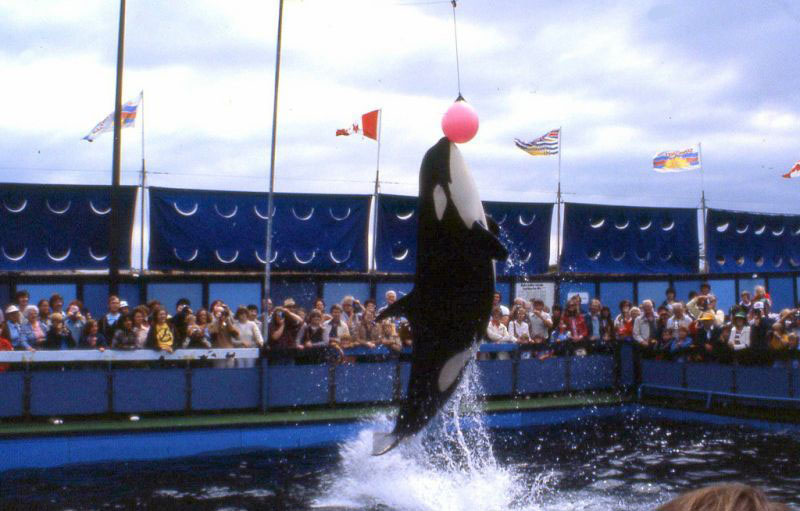Posts Tagged ‘Detective Harold McNeill’
Abducted: The First Twelve Hours
A full set of photos from this story and a short introduction for the post appears on the
McNeill Life Stories Facebook Page (Link Here) (Note: All the photos, except the two from the Oak Bay PD, were captured from Web sources.)
“Except for my dogs, I am alone in a world filled with people.”
For people of all ages, but particularly the young, few things can be more lonely than being on a street full of people and the only looks received vary between pity, disgust and outright anger. Most street people are viewed as being worth less than the clothes they wear. They could go missing, be raped or otherwise sexually assaulted, even murdered, yet this often raises barely a ripple of concern from the public, let alone police circles.
If they are of native descent or part of a visible minority, it is far worse. In 2010 during the Olympics, I watched as two members of the “Red Shirt Brigade” (Volunteer Security) in Vancouver were openly antagonistic and physically aggressive towards a native woman sleeping in the doorway of a store that was closed for the night. This story traces the social conflicts which remain close to the surface in this bountiful country of Canada. (Photo Web source)
(Post: February 2016 2794)
(July 2018 4702)
Introduction
“In the Oak Bay office, it was nearing 3:00 am, as the night shift Sergeant, Constable and a Civilian Dispatcher were cleaning up the coffee room when the phone lines lite up. In the quiet hours, this usually meant an accident or similar emergency had shaken several residents from their pre-dawn slumber. In this case, two blasts from a shotgun were followed by the blood-curdling screens of a woman. So began a twelve-hour saga where a young woman’s life hung in the balance.”
Having lived inside the police system for thirty years, this story, and others to follow, explore various Oak Bay Police Major Crime files from beginning to end. Many of the stories including this one, contain additional discussion about social issues related to the crime. This particular file is used as a sample of how some criminal acts (or suspected criminal acts) can be quickly filtered to ‘inactive’ when the victim lives outside the mainstream. While this is sometimes done for good reason, discounting these crimes can have serious, unintended consequences in the mainstream as is demonstrated in eight interconnected chapters beginning in the early 1980s and extending to the present day. If you wish to skip the social interest sections you can read Chapters 3-7 for the present criminal case.
Chapters 1: A discussion of how the police and justice system filter is applied and how societal norms (reference the section on deviance) impact the events such as those described in this Oak Bay Police abduction case.
Chapter 2: A general description of the Greater Victoria area, the various police departments and of the area in which the crime occurred.
Chapter 3 and 4: Provides background on the victim. This is done as a method of demonstrating how some victims, because of age, sex, socio-economic status, mental illness or some other factor, are left vulnerable when society in general and the criminal justice system in particular, fails to render assistance.
Chapters 5, 6 and 7: Tracks the investigation from beginning to end. This is done to demonstrate why a high level of cooperation between police agencies is an essential component of effective law enforcement. This is particularly so when a crime crosses jurisdictional boundaries, be it local, provincial or national. The chapters also demonstrate how a small Department the size of Oak Bay is able to provide a full range, effective police service. It also demonstrates how closely police agencies in Greater Victoria usually (but not always) cooperate with one another.
Chapter 8: Outlines other cases, in particular, the recent murder of Tim Bosma in Ancaster, Ontario, as a means of demonstrating how an application of the police filter can have unintended consequences when a serial sex offender or murderer is at work. I am presently writing a story about how a serial rapist and murderer (Scott Ian McKay) was finally charged with numerous counts of rape and one murder, after several police agencies in Greater Victoria came together in common purpose.
Addendum 1: A paedophile in our midst. This part, which began in the mid-1980s, flowed back to the surface in July 2013. It involved a Boy Scout Leader who led the Royal Oak Group of which our oldest son was a member until leaving the troop after a serious injury at a Scout Camp retreat in Sooke. There is no suggestion our son was molested, but the danger was lurking just one small step away from our family.
(6577)
Sealand of the Pacific – Death in the Whale Pool
‘Miracle’ the Killer Whale Performs at Sealand of the Pacific in Oak Bay, B.C. The internationally popular whale died in an incident that was blamed on Greenpeace activists.
January 6, 2017: Tilikum, the most infamous of the captured killer whales, died at SeaWorld in Orland, Florida. Skip to Section 2, then 5, for background on Tilikum and the other killer whales who thrilled audiences around the world.
This post was written by Det./Sgt. Harold David McNeill (retired) who investigated several incidents at Sealand of the Pacific, and the Oak Bay Marina, including the death of Miracle, the Killer Whale.
Background
In 1991, a young woman from Victoria, an Environmental Studies student at the University of Victoria, Keltie Byrne, tragically died in the whale pool at Sealand of the Pacific in Oak Bay, British Columbia. The three whales in the pool at the time were Tilikum, Nootka II, and Haida II. They were directly involved in the death, not as killers, but as friends, whose game lead to tragic consequences. Keltie’s death was the culmination of three decades of events that lead the owner of the Oak Bay Marine Group and Sealand of the Pacific, Robert (Bob) Wright, to finally close the display in 1992.
The death of Keltie and the exploitation of killer whales was a tipping point in the much larger story about the development of protest movements around the world, particularly that of Greenpeace, whose origins can be traced to Victoria, B.C. in the 1960s.
During their history, the organization was vilified, supporters killed, their ships rammed and one sunk by French Government agents within the confines of the peaceful Auckland Harbour, in New Zealand. Two French secret service agents were arrested while trying to leave the country and charged with murder. They later walked away as free men who were celebrated as heroes in their own country and one man was even promoted to the senior ranks of the French Military.
In an Oak Bay case, Greenpeace supporters were held out as prime suspects in the tragic death of another internationally famous killer whale, Miracle, whose battered body was found tangled in the nets at Sealand. As well as the intrigue surrounding the deaths of Keltie and Miracle, the story delves into the history of Protest Movements in British Columbia and around the world.
It was through the efforts of thousands of activists, including those at Greenpeace, that many important changes in government and industrial practices were brought about over the past sixty years. The world would be much worse off had it not been for organizations such as Greenpeace who constantly agitated for change in our environmental practices. It is easy to visualize the environmental challenges faced by China today, is nearly the same as was the case in many cities across North America and Europe decades earlier.
Greenpeace and Sealand Photographs
Update June 25, 2015: The MV Farley Mowat, once the flagship of Greenpeace has made a temporary move to the bottom of Shelburne Harbour in Nova Scotia after being scuttled. The Coast Guard seized the vessel in 2008 during a confrontation with seal hunters in the Northern Atlantic. More on the history of the ship in the following story.
Video of Sealand, the Early Days
March 9, 2016 (8575) January 1, 2017 (9464)
January 1, 2018 (10,455) May 27, 2018 (10,744)
May 4, 2019 (11,299)
March 9, 2016 (Times Colonist Report on Tilikum)
January 8, 2017 (Tilikum Dies at Seaworld)
(13427)


